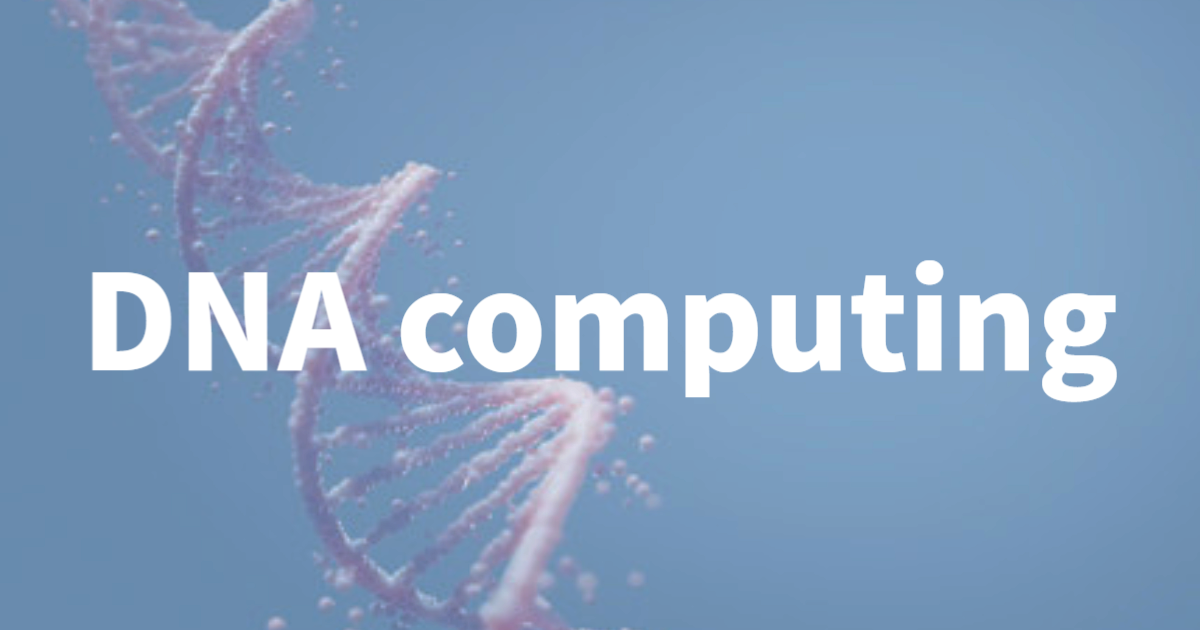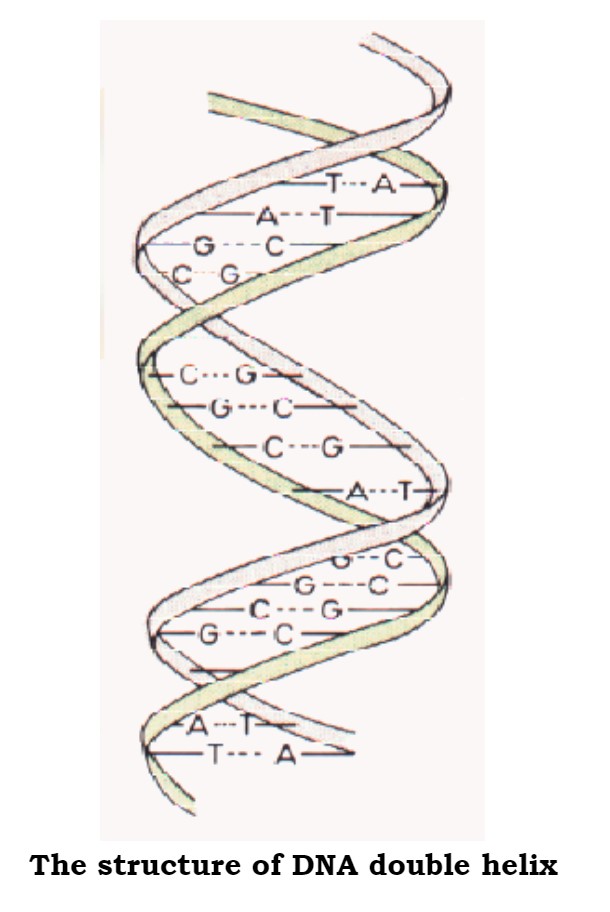DNA computing is a form of computing that uses DNA, biochemistry, and molecular biology hardware, instead of traditional silicon-based computer technologies. DNA computing, or DNA-based computing, is a new approach to computing that uses the unique properties of DNA and biochemistry to perform calculations and solve problems.
The idea of using DNA for computing was first proposed by Leonard Adleman, a computer scientist at the University of Southern California, in 1994. Adleman demonstrated the feasibility of DNA computing by using it to solve a simple mathematical problem, known as the “Hamiltonian Path Problem.” Since then, DNA computing has been the subject of much research and development, and has the potential to revolutionize the field of computing.
One of the main advantages of DNA computing is its ability to perform very large calculations quickly. DNA molecules are much smaller than silicon-based transistors, and can be packed together much more densely. This means that a DNA computer could potentially perform calculations at a much faster rate than a traditional computer.
Another advantage of DNA computing is its ability to perform calculations in parallel. Traditional computers perform calculations sequentially, meaning that they can only perform one calculation at a time. DNA computers, on the other hand, can perform multiple calculations at the same time, thanks to the ability of DNA molecules to self-replicate and interact with each other.
DNA computing also has the potential to be much more energy efficient than traditional computing. Silicon-based transistors require a lot of energy to function, and the energy demands of traditional computers are only increasing as the demand for more powerful computers grows. DNA computers, on the other hand, can perform calculations using very little energy, thanks to the chemical reactions that take place within DNA molecules.
There are, however, some challenges to overcome in order to make DNA computing a practical reality. One of the main challenges is the need for highly accurate and efficient DNA synthesis and sequencing techniques. Current DNA synthesis and sequencing techniques are relatively slow and prone to errors, which would make it difficult to use DNA computers for practical applications.
Another challenge is the need to develop algorithms and software that can effectively program DNA computers. While the basic principles of DNA computing are well understood, there is still much work to be done to develop the software and algorithms needed to make DNA computers a practical reality.
Despite these challenges, researchers are making significant progress in the field of DNA computing. In recent years, researchers have developed DNA-based circuits and logic gates, as well as DNA-based memory devices. These advances bring us closer to the development of practical DNA computers, and demonstrate the immense potential of this technology.
In conclusion, DNA computing is a promising new approach to computing that has the potential to revolutionize the field. With its ability to perform large calculations quickly, perform calculations in parallel, and operate with high energy efficiency, DNA computing has the potential to transform the way we think about computing and to solve some of the most challenging problems facing humanity. While there are still many challenges to overcome, the future of DNA computing is bright, and it is likely that we will see significant advances in this field in the coming years.
Some advantages of DNA computing include:
-
High speed: DNA molecules are much smaller than silicon-based transistors and can be packed together more densely, meaning that a DNA computer could potentially perform calculations at a much faster rate than a traditional computer.
- Parallel processing: DNA computers can perform multiple calculations at the same time, thanks to the ability of DNA molecules to self-replicate and interact with each other. This is in contrast to traditional computers, which perform calculations sequentially.
- Energy efficiency: DNA computers can perform calculations using very little energy, thanks to the chemical reactions that take place within DNA molecules. This is in contrast to traditional computers, which require a lot of energy to function.
- Large storage capacity: DNA has a very high information density, meaning that a small amount of DNA can store a large amount of data. This could make DNA computing particularly useful for data-intensive tasks, such as data mining and machine learning.
-
Robustness: DNA is a very stable molecule and can withstand extreme temperatures and other harsh conditions. This could make DNA computers particularly useful for applications in challenging environments, such as space or deep sea exploration.
| DNA Computing PPT/Report | Links |
|---|---|
| DNA based computers PPT | DNA based computers |
| DNA computation PPT | DNA computation |
| DNA computing seminar | DNA computing seminar |
| DNA computation | DNA computing |
| DNA computing project report | DNA computing report |
| Seminar on DNA computing | Seminar on DNA computing |


